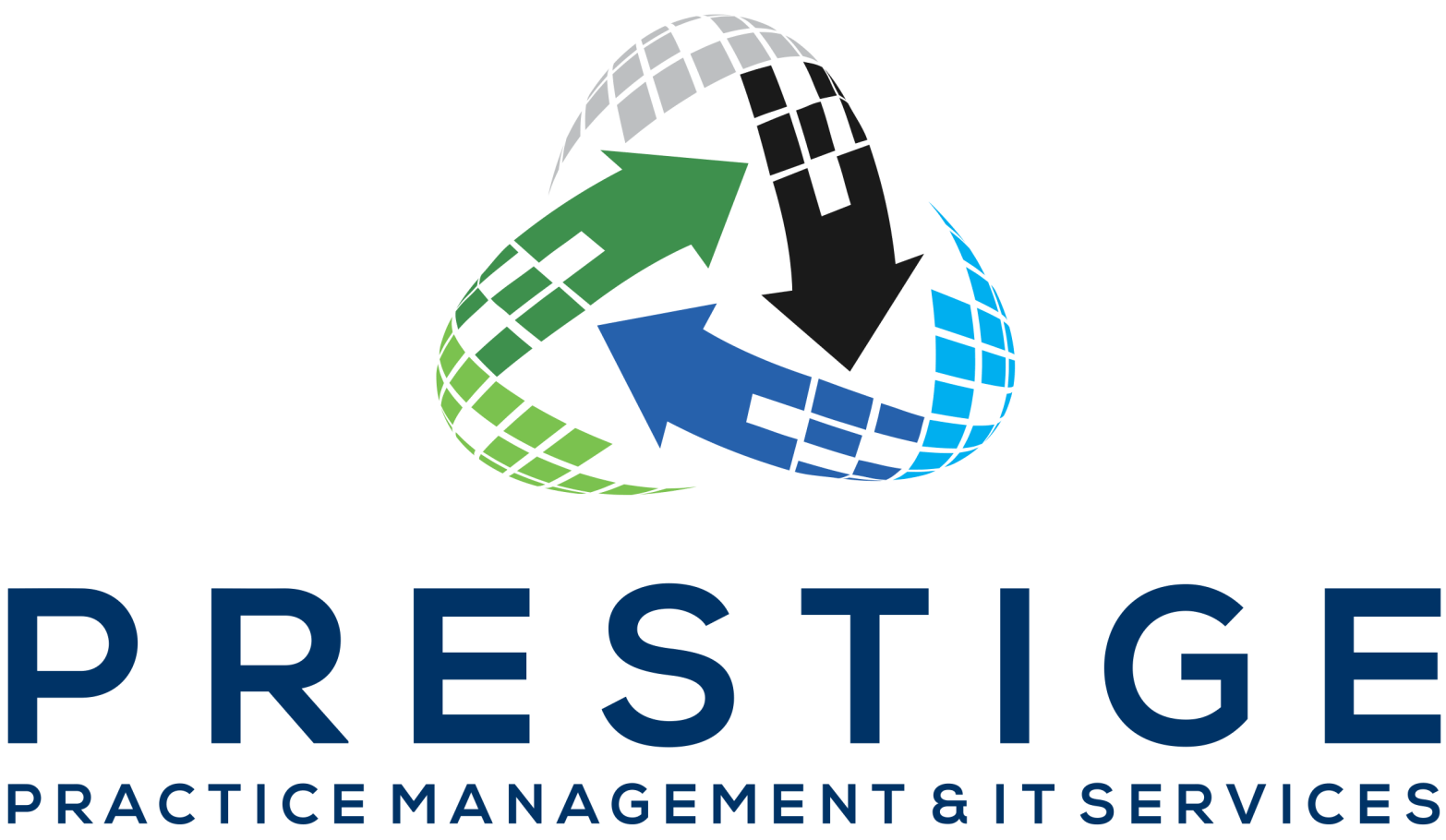How to Conduct a Revenue Cycle Audit That Saves Your Practice Money
Step 1: Audit Your Front-End Processes to Stop Denials Early
A successful revenue cycle starts at the front desk. Errors made during patient registration are a primary cause of claim denials, making this a critical area for your revenue cycle audit.
- Patient Registration Accuracy: Pull a sample of 25 recent patient charts. Verify that all demographic data—including full legal names, addresses, and dates of birth—is correct. Ensure guarantor information is complete and accurate.
- Insurance Verification Process: Review how your team confirms coverage. Is eligibility verified in real time for every single patient before their appointment? Are you capturing images of both the front and back of insurance cards to ensure correct payer routing?
- Prior Authorization Workflow: Analyze your prior authorization process from start to finish. A high denial rate for services requiring pre-authorization is a major red flag for revenue leakage and often leads to preventable write-offs.
Step 2: Perform a Medical Billing Audit for Coding Accuracy
A focused medical billing audit is crucial for ensuring compliance and maximizing reimbursement. This phase bridges the gap between clinical services and accurate billing.
- Charge Capture Analysis: Compare clinical documentation against billed charges. Are all rendered services, procedures, medications, and supplies being captured correctly?
- Coding and Modifier Accuracy: Evaluate a sample of claims for correct CPT, HCPCS, and ICD-10 code assignment. Pay close attention to modifier usage, as incorrect modifiers are a common denial reason. Look for signs of habitual upcoding or downcoding.
- Medical Necessity Validation: Ensure the diagnosis codes assigned properly justify the medical necessity of the procedures and services billed. This is a key area scrutinized by payers.
Step 3: Examine Claim Submission and Management Efficiency
The efficiency of your claim submission process directly impacts your cash flow. This part of your revenue cycle audit focuses on the speed and accuracy of your claims lifecycle.
- Measure Claim Lag Times: Calculate the average number of days between the date of service and the claim submission date. Delays can threaten timely filing deadlines and slow down payments.
- Analyze Your First Pass Resolution Rate (FPRR): Your FPRR, or clean claim rate, should be 95% or higher. A lower rate signals underlying issues with your front-end or coding processes that must be addressed.
- Review Clearinghouse Rejection Reports: These reports are a goldmine of actionable data. Categorize common rejection reasons to identify and fix recurring data entry or formatting errors.
Step 4: Analyze Denials and A/R to Plug Revenue Leakage
How your practice manages denials is a defining factor in its financial success. Use this final part of your RCM audit checklist to evaluate your back-end performance.
- Track Denial Rates and Trends: Go beyond your overall denial rate. Categorize denials by payer, provider, and reason code. Identifying these trends is the first step toward creating a targeted denial prevention strategy.
- Evaluate Your Appeals Process: What percentage of denied claims are appealed, and more importantly, what is your appeal success rate? An ineffective appeals process can waste staff time and leave recoverable revenue behind.
- Scrutinize Your A/R Aging Report: Pay close attention to the balance in your 90+ day aging bucket. A high volume of aged A/R is a clear indicator of revenue leakage and points to problems in your overall collection strategy.
Your RCM Audit Checklist for a Healthier Bottom Line
A comprehensive revenue cycle audit is a vital health check for your medical practice. By regularly using this checklist to monitor performance, you can move from a reactive to a proactive RCM strategy, securing your financial stability and driving profitability.
Ready to stop revenue leakage for good? Request a complimentary RCM audit consultation with our experts today.








